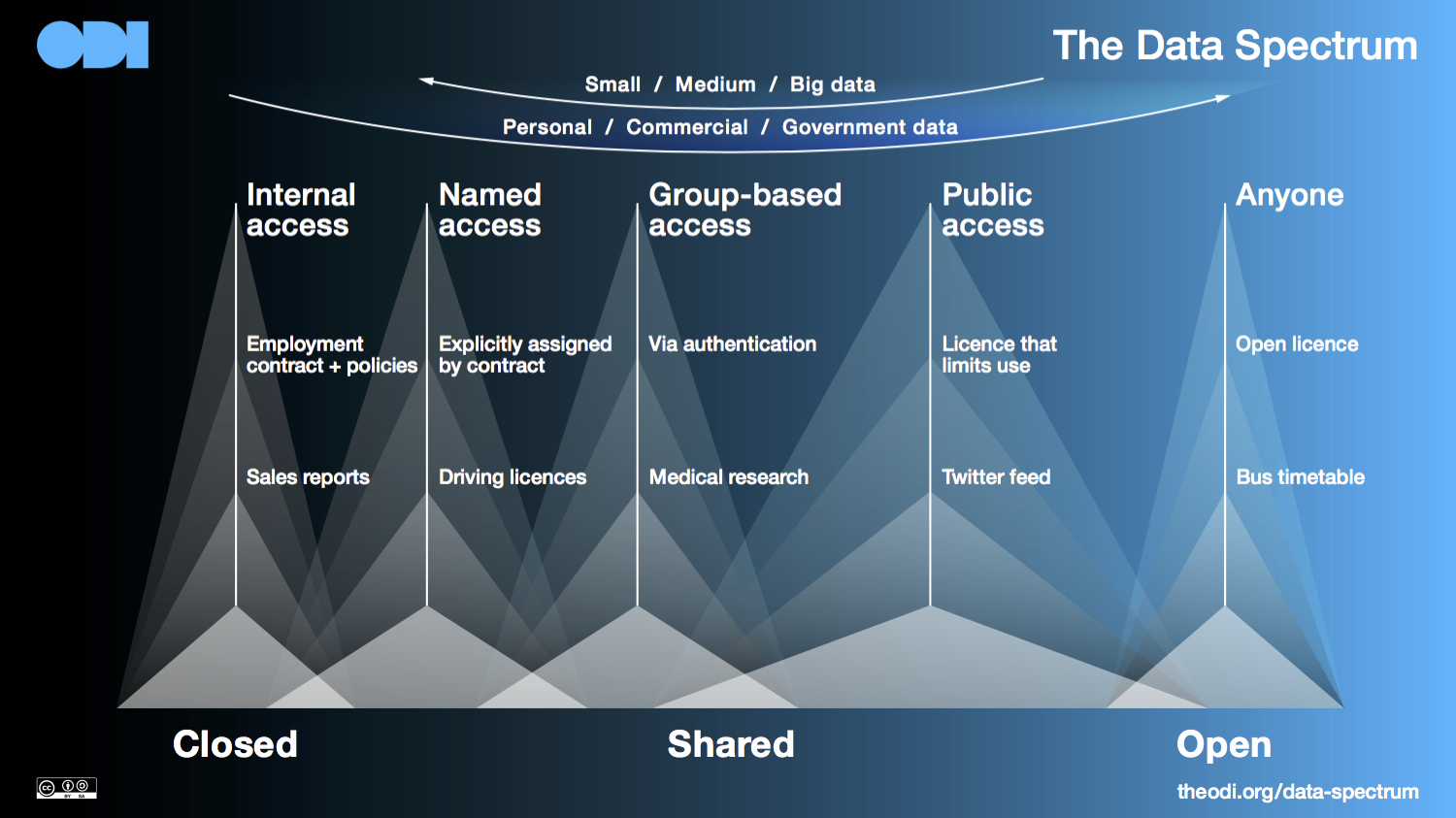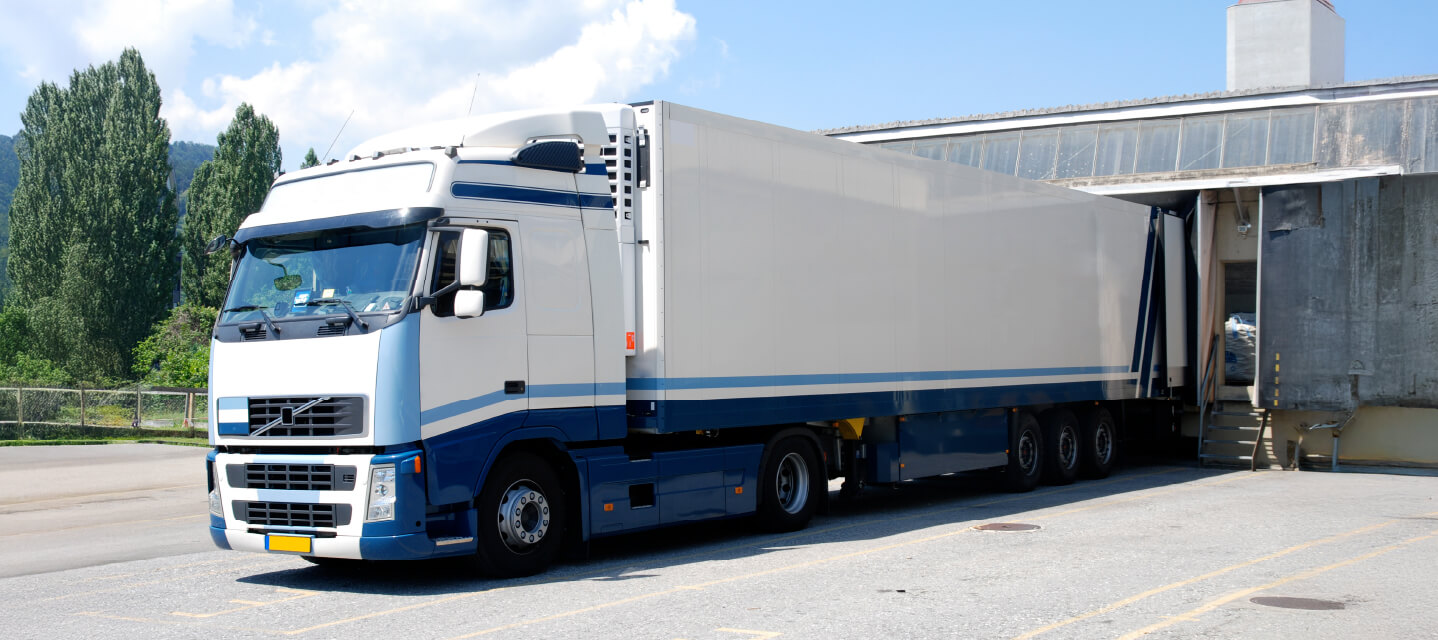Open data and big data privacy
Read about types of big data (open, shared and closed) and access a free white paper on open data privacy and security.
By Geotab Team
Apr 17, 2018
Updated: Apr 24, 2023
1 minute read

If your business is trying to stay current with what’s happening in technology and data science, one term that you should be familiar with is “open data.” Read this post for the answer to “What is open data?” and download a free white paper about open data and big data privacy and security.
What Is Open Data? How Can Businesses Release It Responsibly?
Open data is data that is available for anyone to “access, use or share” — without restriction or limitation. While open data is free from restriction on its use, audience or redistribution, it introduces the highest risk of exposure to external threats, in addition to providing the maximum potential value to the general public as a utility.
For quite some time, public institutions, local governments, and health agencies have been in the practice of publishing and providing their data for public use. Privately-run businesses are also starting to release open datasets as well, and this paper introduces the methodology that businesses should use for responsible data release.
Some examples of open datasets from the public sector:
- Voter registries
- Census information
- Health and safety statistics
- Environmental monitoring data
- Research information
The Data Spectrum: Open, Shared and Closed Data
Along with open data, there is also shared data and closed data.
Shared data is generally available to specific people or groups, but can also be made available publicly. In the case of shared data, the data provider is responsible setting controls and conditions on sharing and use, in the form of various agreements, licenses, and terms.
Closed data is the most tightly controlled category of data due to its sensitivity and it “can only be accessed by its subject, owner, or holder” as defined by the Open Data Institute. Because of its limited exposure, closed data has the lowest inherent privacy and security risks when handled properly.
All data (small and big) resides on a continuous spectrum going from closed on one side to open on the other. The Open Data Institute (ODI) illustrates this spectrum on their graph of big data release categories (shown below). Where a dataset falls on this spectrum is determined by a number of factors including access, audience, controls, and conditions of use.

Figure 1. The Data Spectrum by Open Data Institute (ODI) is licensed under CC-BY.
Privacy and Security of Open Data
It is critical for any businesses considering open access and data sharing to take measures to properly secure and responsibly manage that data.
Geotab has published a white paper that provides an overview of shared and open data and proposes a framework for responsible data release (click below to read Open Data Privacy and Security by Emilie Corcoran and Eugene Kang).
More articles on big data:
Big Data Use Cases for Telematics
Is Your Fleet Ready for Big Data & Advanced Analytics?
Subscribe to get industry tips and insights
Geotab Team
The Geotab Team write about company news.
Table of Contents
Subscribe to get industry tips and insights
Related posts

Enhancing winter road maintenance with postseason materials usage analyses
June 20, 2025
6 minute read



Smart selection guide for school bus fleet maintenance features
May 21, 2025
5 minute read

CARB compliance made easy: 10 ways Geotab simplifies emissions reporting
May 12, 2025
1 minute read
